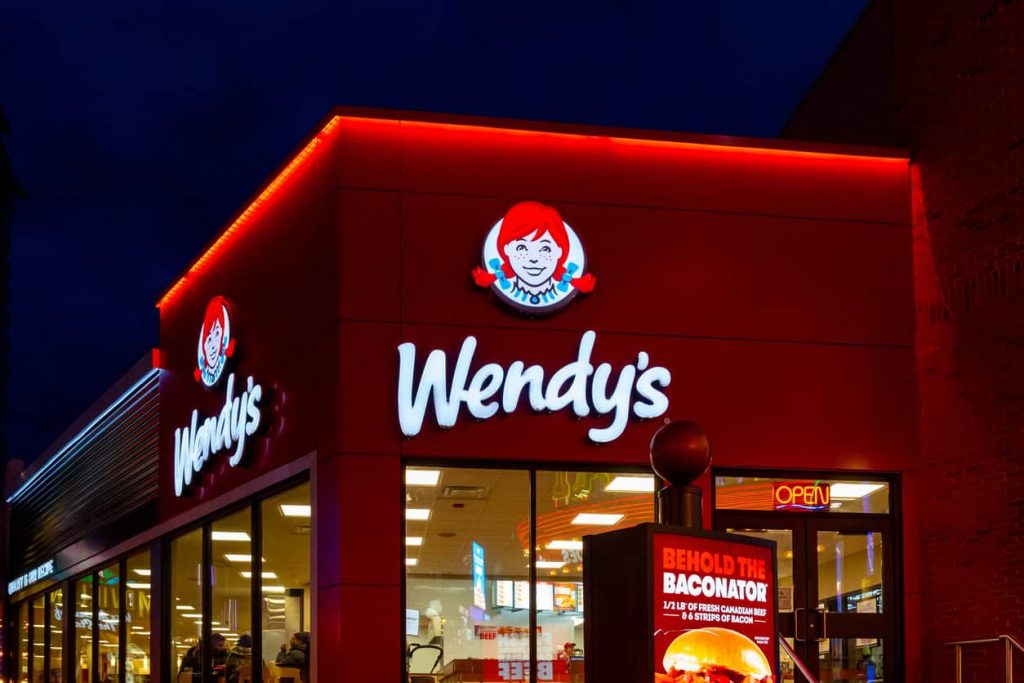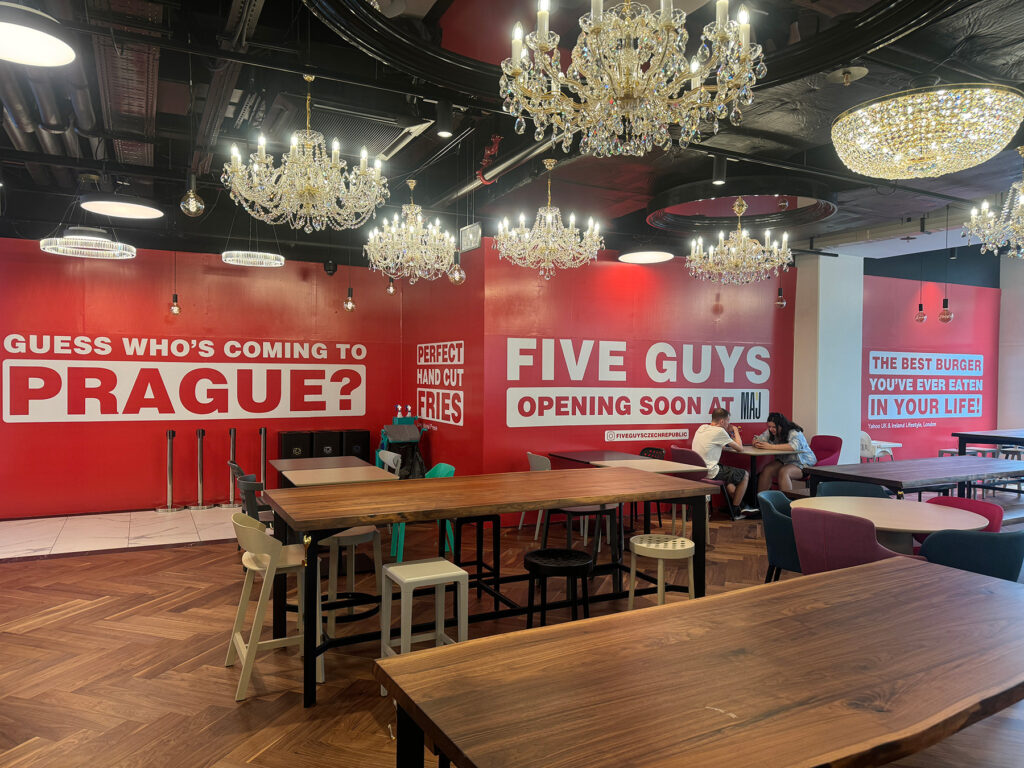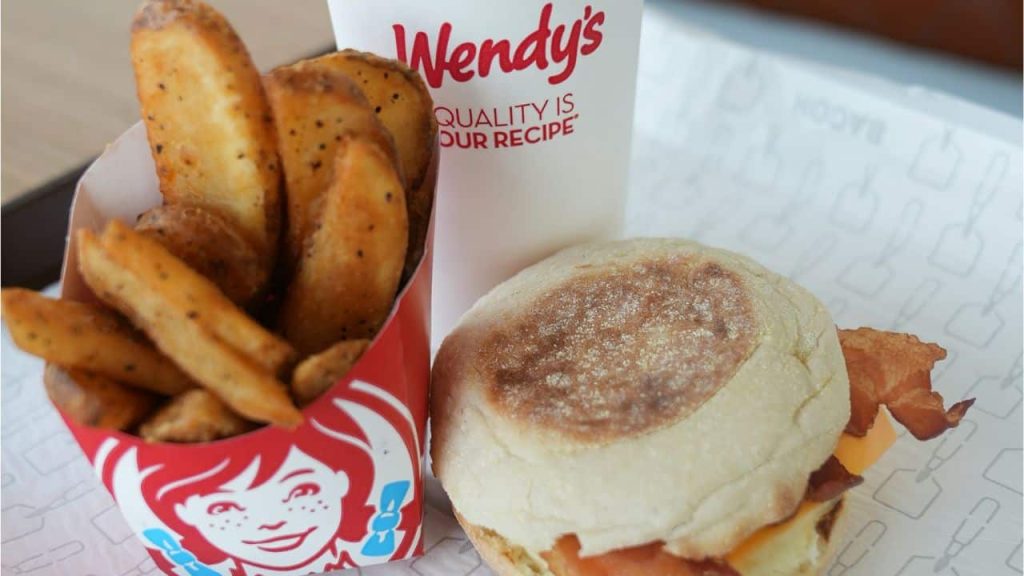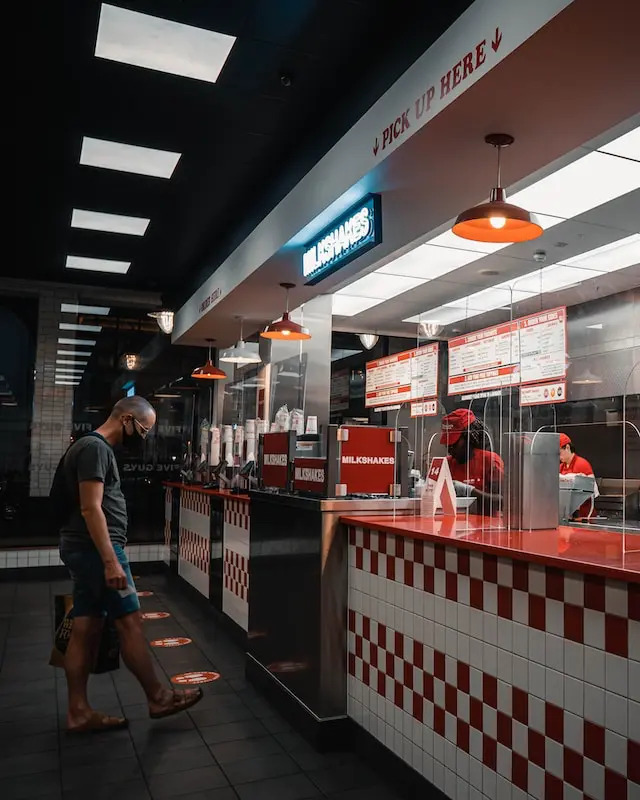Pathostheatre News
The Strategic Expansion of Wendy’s and Five Guys in the Czech Republic
In recent years, American fast food giants have set their sights on the Czech Republic, a market traditionally dominated by local and European chains. Notable among these entrants are Wendy’s and Five Guys, both of which are making headlines for their planned launches. This article explores the underlying reasons for their expansion, their strategies to succeed, and the broader trends shaping the fast-food industry in the Czech market.

Understanding the Czech Market and its Appeal to Global Brands
The Czech Republic has become a lucrative target for international fast-food chains due to its stable economy, growing middle class, and increasing demand for Western food experiences. With consumer confidence rebounding post-inflation, this market presents significant growth potential for brands like Wendy’s and Five Guys. Several factors make the Czech Republic attractive for foreign entrants: a large expat population familiar with these brands, the openness of Czech consumers to try new products, and a dynamic retail environment. The country’s capital, Prague, serves as the focal point for many international businesses due to its high foot traffic, thriving tourism, and concentration of affluent consumers.
Wendy’s decision to open in the Czech Republic stems from its global strategy to expand into emerging European markets, leveraging its strong brand recognition. Similarly, Five Guys, known for its premium burger offerings, aims to differentiate itself from the fast-food options already available, like McDonald’s and Burger King, by focusing on quality ingredients and a customizable menu. Czech consumers have shown a growing appetite for premium food experiences, and both Wendy’s and Five Guys plan to capitalize on this trend by offering an upscale dining alternative to their competitors.
Wendy’s Entry Strategy: Targeting a New Generation of Fast Food Consumers
Wendy’s has ambitious plans for the Czech Republic, with a target of opening 50 branches by the end of 2025. This aggressive expansion plan is supported by Wendy’s goal to tap into a new generation of fast-food consumers who value both affordability and premium dining experiences. Wendy’s entry into the market will likely be accompanied by promotional campaigns offering introductory discounts, appealing to both the price-conscious Czech customer and the expat community. Wendy’s also has an opportunity to introduce new product lines tailored to local tastes, blending its signature American menu with European preferences. For example, previous Wendy’s campaigns in other countries have successfully integrated regional flavors, and the Czech market could see similar localized offerings.
From a marketing perspective, Wendy’s is expected to focus on its strong digital presence, appealing to younger customers through social media and online ordering platforms. This approach is crucial in a market where digital literacy is high, and younger consumers are increasingly using food delivery services. Additionally, Wendy’s ability to leverage its international brand recognition, paired with strong marketing campaigns emphasizing its fresh, high-quality ingredients, will help set it apart from competitors.
Five Guys: Bringing Premium Burger Culture to Prague
In addition to Wendy’s, Five Guys has its eyes set on the Czech Republic, particularly the capital city of Prague. The American brand is renowned for its premium, made-to-order burgers and fries, offering a more gourmet fast-food experience compared to standard chains. Five Guys will open its first branch in the refurbished Máj department store, a historic location that adds to the brand’s appeal. The location itself is significant, as the Máj department store is situated on Národní Street, a high-traffic area in the heart of Prague, ideal for attracting both locals and tourists.

What sets Five Guys apart is its focus on quality ingredients, customization, and a relaxed, no-frills dining experience. This approach resonates well with urban consumers who are willing to pay a bit more for higher-quality, fresh-made meals. Five Guys also benefits from strong word-of-mouth marketing, as its customer-first philosophy and transparent kitchen practices appeal to health-conscious diners. In a market where McDonald’s and Burger King dominate, Five Guys positions itself as the go-to choice for discerning customers seeking an elevated burger experience.
Challenges and Competition: Navigating a Crowded Fast-Food Landscape
While the Czech Republic offers ample opportunities for Wendy’s and Five Guys, it is not without challenges. The fast-food market in the country is already competitive, with established players like McDonald’s, Burger King, and local brands such as Bageterie Boulevard and KFC commanding significant market share. To succeed, both Wendy’s and Five Guys will need to carve out their unique value propositions. For Wendy’s, this means emphasizing its fresh, never-frozen beef, diverse menu, and competitive pricing. Five Guys, on the other hand, will need to continue positioning itself as a premium brand offering a distinct burger experience that justifies its higher price point.
Another challenge is the strong presence of local Czech fast-casual chains that are deeply rooted in the culture and offer regional cuisine. Czech consumers have a strong preference for local flavors, and international brands must navigate this cultural landscape carefully. Failure to adapt to local tastes or effectively market the brand’s uniqueness could hinder success. However, by emphasizing quality, freshness, and customer experience, both Wendy’s and Five Guys stand a good chance of competing effectively in this market.
Future Prospects: Growth and Expansion in Central Europe
The entrance of Wendy’s and Five Guys into the Czech market signals broader ambitions for both brands in Central and Eastern Europe. The Czech Republic serves as an ideal launchpad for further expansion into neighboring countries such as Poland, Hungary, and Slovakia, where similar market conditions exist. For Wendy’s, expanding in Central Europe is part of its long-term strategy to grow its international footprint. Five Guys, known for its measured approach to international expansion, will likely take a more gradual path, focusing first on building a loyal customer base in Prague before expanding further.
Moreover, the Czech fast-food market is projected to grow in the coming years as disposable incomes rise, urbanization increases, and consumers continue to embrace Western food trends. Both Wendy’s and Five Guys have the opportunity to play a leading role in this growth, provided they can adapt to the unique challenges of the region. With the right mix of product innovation, strategic locations, and targeted marketing, both brands are well-positioned to thrive in the Czech Republic and beyond.
The entry of Wendy’s and Five Guys into the Czech Republic represents an exciting new chapter in the country’s fast-food industry. Both brands bring with them unique value propositions—Wendy’s with its focus on fresh, affordable options, and Five Guys with its premium, customizable burgers. As the Czech fast-food landscape continues to evolve, these brands will likely face stiff competition but also significant growth opportunities. Their success will depend on how well they can navigate local consumer preferences, differentiate themselves from competitors, and adapt to the rapidly changing retail environment.
From Pathostheatre



